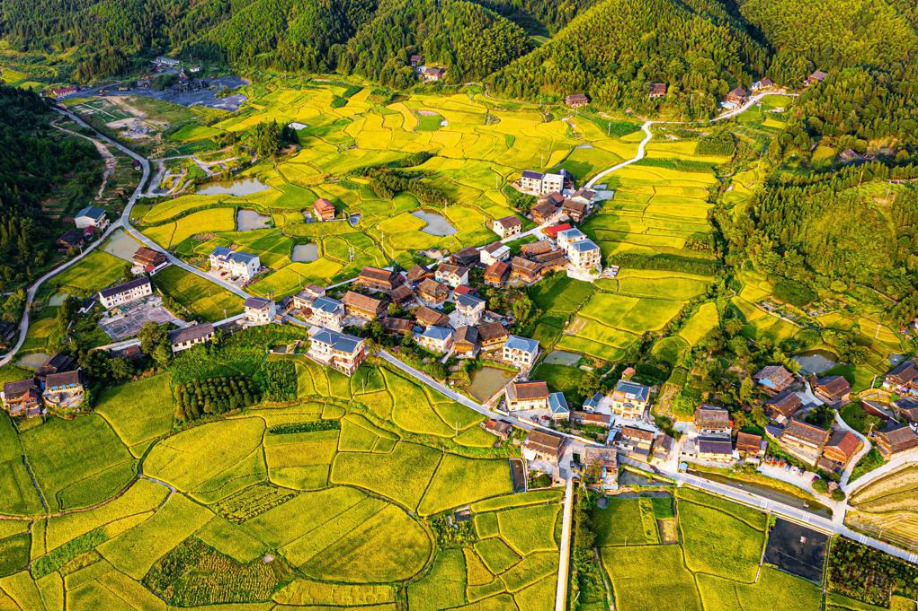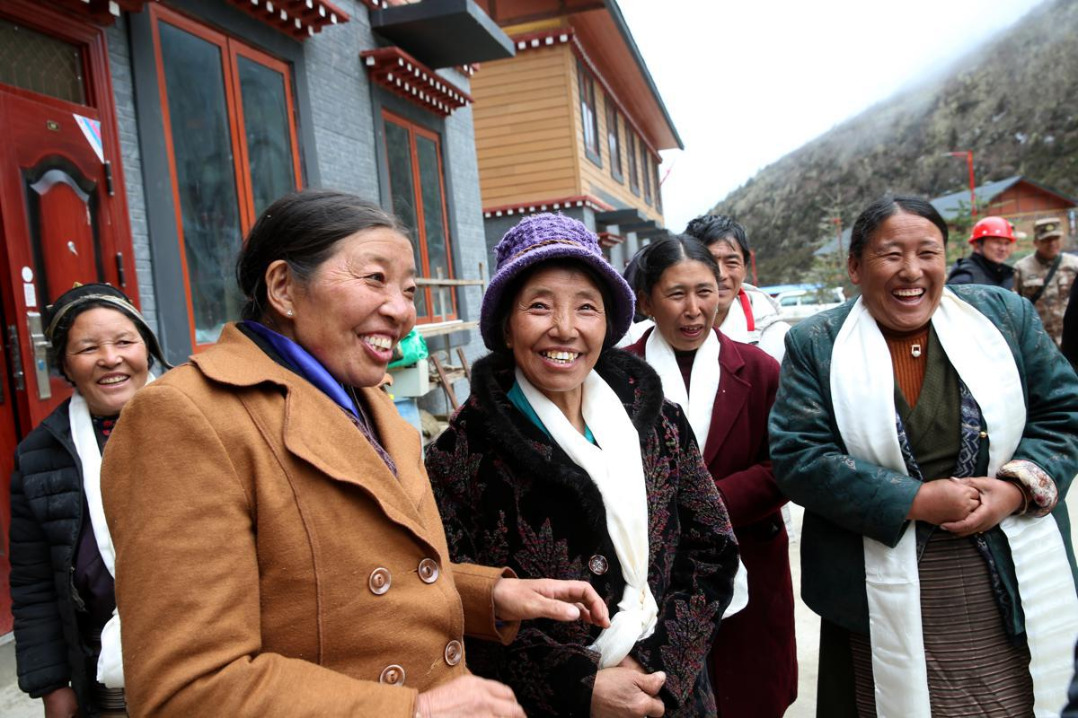Xizang forges ahead on road to stability and prosperity
Region progresses across sectors


For 60 years, under the leadership of the Communist Party of China, the people of Xizang autonomous region have embraced their roles as active participants in the governance of their homeland. They have exercised the autonomy granted to them by the Constitution and laws, leading to a profound transformation of their society and economy.
Since the 18th CPC National Congress in 2012, Xizang has entered its most prosperous and transformative period in history. The region now stands as a beacon of political stability, ethnic unity, economic growth, social harmony, religious tolerance, environmental friendliness, and general prosperity.
By 2024, Xizang's GDP had soared to 276.5 billion yuan ($38.58 billion), a staggering 155 times its size in 1965, with an average annual growth rate of 8.9 percent. Urban residents enjoyed a per capita disposable income of 55,444 yuan, 121 times higher than in 1965, while rural residents saw their income rise to 21,578 yuan, 199 times greater than in 1965.
Xizang has prioritized ecological preservation, designating over 600,000 square kilometers — more than half of its territory — as ecological protection zones. The establishment of 47 nature reserves, covering an area of 41,220 sq km, has ensured a pristine environment.
Education has flourished as well, with 3,618 schools serving 970,000 students — more than a quarter of Xizang's population.
Transportation infrastructure has seen incredible advancements since the historic construction of the Sichuan-Xizang and Qinghai-Xizang highways in 1954. Xizang now boasts a comprehensive transportation network, including roads, railways and air routes. The total length of highways has reached 124,900 km, ensuring every town and village is accessible. With 183 international and domestic air routes and the completion of the Lhasa-Nyingchi section of the Sichuan-Xizang Railway, Xizang is more connected than ever.
The preservation and promotion of Xizang's rich cultural heritage have also been prioritized. Since 2012, the government has invested 4.89 billion yuan in public cultural infrastructure, creating a robust network of cultural facilities. Public cultural institutions have hosted over 100,000 cultural events annually.
Contact the writers at daqiong@chinadaily.com.cn





































